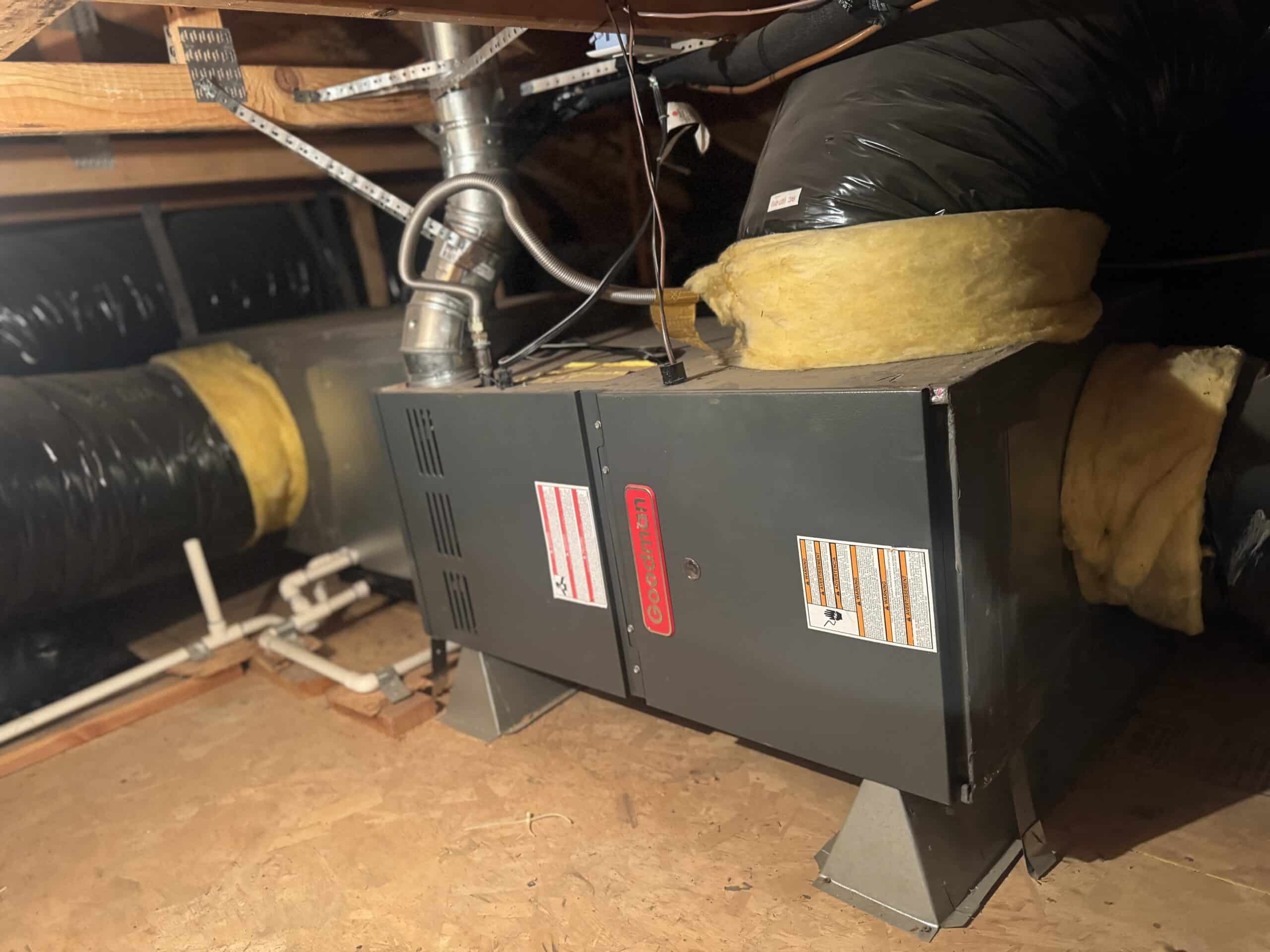How Much Energy Can You Save With a Clean HVAC System?
Jun 10, 2025

Let’s not sugarcoat it—winter in Corona, Riverside, and Rancho Cucamonga may not bring snowstorms, but it still calls for a reliable heating system, especially in multi-unit apartment buildings. When the temperatures dip and tenants start turning the heat on full blast, the last thing a property manager wants is a system that wheezes, rattles, and eats up energy like a teenager eats snacks. According to the National Air Duct Cleaners Association (NADCA), a clean HVAC system can be up to 30% more energy-efficient, and for those managing apartment units, that number translates directly to cost savings. It also signals a strong case for timely furnace replacement—a decision that affects not just heating but energy usage, air quality, and tenant comfort.
If you’re unsure where to start, a good first step is visiting our homepage for a full range of heating-related support in Corona and surrounding areas.
Why Furnace Replacement Matters for Apartment Buildings
You might think replacing a furnace is just another line item in your winter prep checklist, right next to gutter cleaning and holiday decorations in the lobby. But if your heating system hasn’t been touched since Y2K, there’s a good chance it’s running at a fraction of its intended efficiency. Dust buildup, worn-out parts, and poorly sealed ductwork make your HVAC system work harder, longer, and louder.
For apartment buildings in places like Rancho Cucamonga and Corona, this can mean uneven heating from unit to unit, rising utility bills, and tenants who have your number on speed dial. Furnace replacement in multi-unit buildings isn’t just about installing a shiny new box with buttons—it’s about restoring airflow, improving heating consistency, and lowering operational costs throughout the winter.
Heating Installation and Ductwork Efficiency
Of course, replacing a furnace without taking a good hard look at the rest of the system is like putting new tires on a car with a rusted-out engine. Ductwork plays a big role in whether your heating setup performs like a dream or clunks along like a jalopy. Leaks, poor insulation, and shoddy layout design in ducts can sabotage even the best furnace.
In older apartment buildings, it’s not uncommon to find decades-old ductwork that’s never been properly cleaned or sealed. That’s a problem. Heated air escapes, dust and allergens accumulate, and suddenly your HVAC system is doing double duty just to hit 68 degrees. That’s why heating installation for apartments should always consider duct design and condition.
In newer complexes, ductwork installation must be airtight, properly routed, and balanced with the furnace’s output. Skimping here means long-term inefficiencies and inconsistent heating. So when furnace replacement is on the table, ductwork evaluation should be too.
Indoor Air Quality and Energy Savings from Furnace Replacement
Let’s not forget that heating isn’t just about warmth—it’s also about air. Poorly maintained systems can circulate allergens, bacteria, and odors throughout an entire building. For residents with asthma or other respiratory issues, that’s not just unpleasant—it’s a health hazard.
Clean ducts, modern furnaces, and efficient ventilation systems contribute to better indoor air quality, which in turn improves tenant satisfaction and reduces maintenance calls. And with a clean system, you’re not just improving health—you’re saving energy. That 30% gain in HVAC efficiency comes from removing the friction points: dirty blowers, clogged filters, and outdated combustion systems.
For property managers, that means measurable energy savings across every unit. It’s also a smart move in a region like Corona or Eastvale, where cold spells might be short-lived but HVAC usage is anything but optional.
Heating Upgrades in Corona, Eastvale, and the Inland Empire
Southern California may not get buried in snow, but it still gets chilly enough to require proper heating—especially in the Inland Empire’s apartment buildings. And property managers know that a furnace replacement is far easier to plan in the fall than in the middle of a cold snap.
Whether you’re overseeing buildings in Eastvale, Riverside, or Rancho Cucamonga, having a dependable, energy-efficient heating setup is part of maintaining a well-run property. Add to that rising energy costs and stricter efficiency standards, and the need for seasonal heating upgrades becomes even more clear.
If your property hasn’t had its heating system evaluated in years, or if you’ve seen spikes in energy use without changes in occupancy, it may be time for a full assessment—and potentially a system overhaul.
Final Thoughts
In a region where winter is subtle but stubborn, a clean HVAC system is more than a luxury—it’s a practical necessity. For apartment property managers in Corona, Riverside, and nearby cities, a proactive approach to heating—starting with furnace replacement—can lead to significant energy savings, healthier air, and happier tenants.
After all, efficiency isn't just a number on a spec sheet. It’s what keeps the phones from ringing, the bills from spiking, and the complaints from piling up. And if you can save 30% on energy while making winter more bearable for your residents? That’s a win worth warming up to.
Commonly Asked Questions
1. Does furnace replacement make a difference in apartment heating efficiency?
Yes. Newer systems paired with clean HVAC components can improve energy efficiency by up to 30%, providing more consistent heat and reducing costs.
2. What’s the best time to schedule furnace replacement in Inland Empire rentals?
Fall is ideal. Scheduling heating upgrades before winter avoids emergency repairs and ensures systems are ready before the first cold front hits.3. How does furnace replacement impact indoor air quality in apartments?
Modern furnaces and clean ductwork reduce circulating dust and allergens, improving overall air quality—especially important in shared-living buildings.


